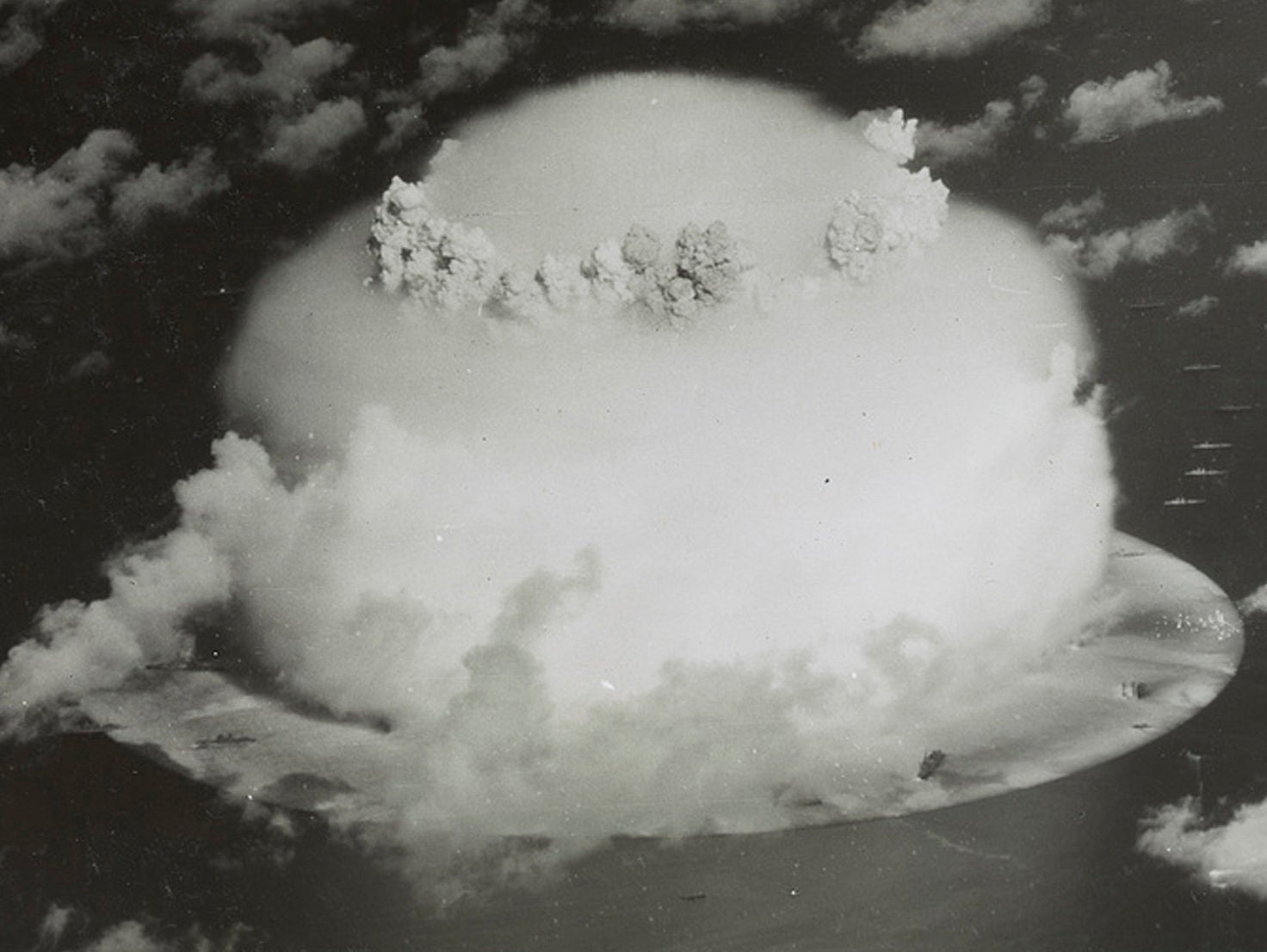
The Daily Star website made a “significant inaccuracy” when it reported that the blast radius of a nuclear missile hitting London would be 239 miles when in fact it was 6.9 miles, according to the UK’s largest press regulator.
The error in the article, headlined: “Russia nuclear strike on Britain would kill 8 MILLION and cripple UK”, represented a breach of Clause 1 (accuracy) of the Editor’s Code of Practice, the Independent Press Standards Organisation’s Complaints Committee has upheld.
The article, published on 24 March 2018, had been based on declassified Cold War documents revealing the 38 towns and cities in the UK considered prime targets for a Russian nuclear attack.
Dailystar.co.uk reported simulations showing that if London was hit, a 239 mile radius would be affected resulting in widespread damage.
But, George Templeman complained to IPSO that “if a 239 mile radius felt the effects of one missile, this would encompass the entire country”. He said the attack simulation did not show this.
The Daily Star told IPSO the simulations had been calculated using a nuclear historian’s Nuke Map tool which had shown the thermal radiation radius from a nuclear blast would be 384km2 .
This had been interpreted by the journalist as a radius of 239 miles “in error”, it said. The radius of the blast would actually be 6.9 miles and it would affect an area of 384km2, said IPSO.
The website has since issued a correction. It states: “In an earlier version of this article the word ‘radius’ was used to calculate the theoretical damage zones that a Russian Tool (ss-25) single 800kt warhead would produce.
“The article originally used the word ‘radius’ to give the measurement to the thermal radiation radius. The use of the word ‘radius’ in this context was not accurate.
“In fact the thermal radiation blast radius would be 6.9 miles which would affect an area of 384km2 (square kilometres) or 148 square miles (mi2).”
IPSO said the error “represented a significant inaccuracy, as even though the article made clear it was a hypothetical scenario, the distance it was reporting could be affected was significantly larger than what the simulation showed”.
Templeton also complained to IPSO that the article was “deliberately sensationalist”, and that there was no evidence to suggest that these Cold War simulations were applicable today.
IPSO’s Complaints Committee rejected this, saying: “The article made clear that it was reporting on a hypothetical scenario, based on declassified documents, and a Cold War simulation, which it was entitled to report. The article had accurately reported this material.”
Picture: Reuters/ US Library of Congress/ Handout via Reuters
Email pged@pressgazette.co.uk to point out mistakes, provide story tips or send in a letter for publication on our "Letters Page" blog
